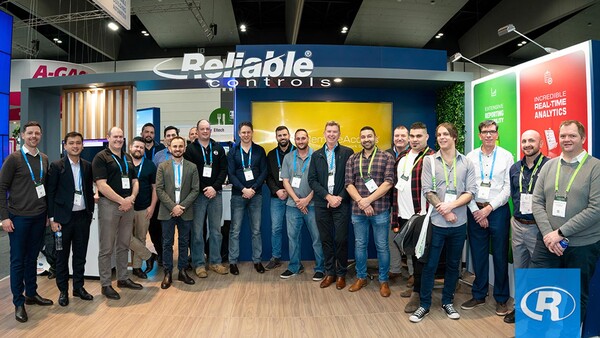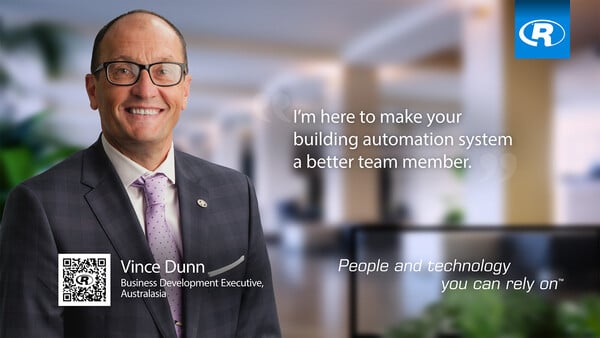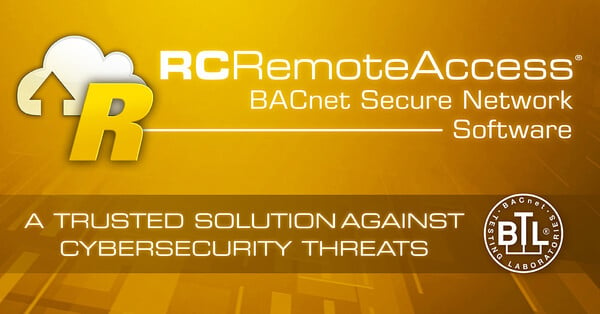How to attract, retain, and mentor women in building automation
How can we better support women and young professionals in building automation and engineering?





Post by Jason Duncan, marketing manager at Reliable Controls
I’m fortunate to meet and work with contractors, building owners, and building managers from around the world. “I want an open system” is one of the most common requests I hear. Having worked in HVAC and building automation controls for 25 years, you would think I have a good idea what that means, but for a long time I struggled to define open system. This led me to start asking building stakeholders why they want an open building automation system before I really started to grasp both the problem and the solutions. The answer I most often heard was “I don’t want to get stuck with one service provider”—in other words, building owners want to choose who services their building.
To understand why choice is so important to building stakeholders, it helps to reflect on the industry’s history. Until 1995 most building control products communicated using proprietary protocols. Protocols are the language controllers use to communicate within and between each other. Proprietary protocols are developed by manufacturers and not available to the public, restricting the ability for anyone except the manufacturer or their designated contractor to service, work on, or integrate with that product.
I know this industry is full of people with great capabilities and good intentions, but a building stakeholder with an automation product that can be serviced by only one contractor faces significant risk. The facility and its operators become totally reliant on the contractor’s goodwill to ensure the service level does not drop and prices do not increase. Without healthy competition, how does the contractor stay motivated to deliver quality service?
ASHRAE recognized this issue. In 1995 it published ANSI/ASHRAE Standard 135 and launched the BACnet protocol. The standard is independent and open to the public—it’s an open protocol that has become the most widely used building automation protocol globally. To ensure manufacturers comply with it, BACnet International created BACnet Testing Laboratories, which rigorously test products to meet a high level of quality and open protocol performance.
So now we have an independent open standard. With an open protocol, stakeholders can integrate other brands that are also BACnet certified into their building control system. Problem solved, right? But the reality is the system needs to be maintained. If a product is provided by only one contractor in a country or region, the building is still operating under significant risk. The building needs an open protocol coupled with a managed open product distribution model.
An open product distribution model reduces the risk of buildings being dependent on one contractor. Building stakeholders should specify the product being installed can be serviced and supplied by more than one contractor in a region, assuming the region is large enough to support such a business.
I don’t believe building automation products should be available off the shelf for anyone interested in technology to install and test run their technical capabilities in the complex built environment. That would almost be worse than not having a choice of provider. I do believe there should be multiple providers of a product who are trained and qualified to ensure building stakeholders know they have a choice. Service providers should have the technical skills and business practices to offer quality and sustainable outcomes for their assets.
In a rapidly evolving world where adaptability and choice are paramount, the significance of an open protocol and a managed open product distribution model cannot be overstated. The journey from proprietary systems to the liberation of communication through standards like BACnet has reshaped the landscape of building automation. Yet the vision extends beyond standards—it encompasses a commitment to fostering a competitive market of qualified providers.
By demanding an open protocol and a well-managed product distribution model, building stakeholders secure the freedom to choose their service providers and the assurance of sustainable and efficient buildings. The power lies in the ability to make informed choices that not only benefit the bottom line but also contribute to a greener, more sustainable future.
Post originally published in Ecolibrium magazine.

How can we better support women and young professionals in building automation and engineering?

Here are five compelling reasons to partner with a local, factory-certified Reliable Controls service provider.

Reliable Controls welcomes Oztech Intelligent Systems to its global network of Authorized Dealers.

How collaboration and clear processes will replace anxiety with confidence.

As our dealer network grows, so does the demand for qualified workers. Can Reliable Controls help cultivate talent?

A few of our dealers share their experiences.

What drives our new Business Development Executive for Australasia to make a difference in the world?

RC-RemoteAccess is now BTL certified. Why does this matter for building owners?